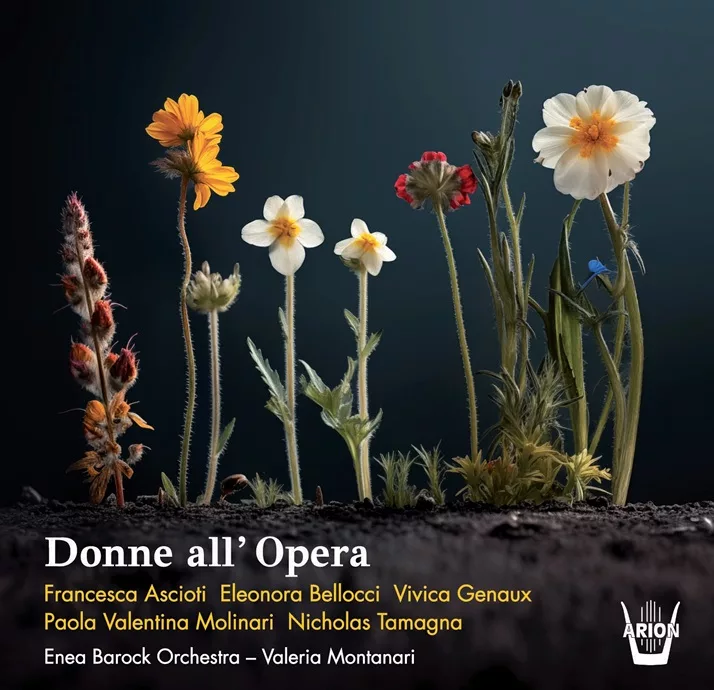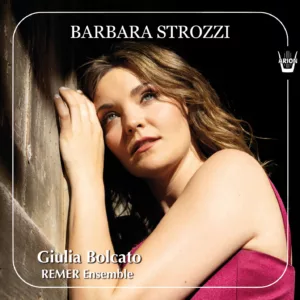Description
Women at the Opera
The admiration in which 18th-century audiences held the women who graced the operatic stage is testified
in letters, memoirs, sonnets, published odes, satirical texts and caricatures. Remembered for the quality of their
singing, for their bodies, for the expressivity of their gestures and facial expression, but also singled out as emblems
of the vices of women tout court, virtuoso singers since the 16th century were associated in the collective
imagination with angels, sirens or singing swans. One only need think of the lines that Torquato Tasso dedicated
to Lucrezia Bendidio of Ferrara’s “Concerto delle Dame” who, according to the poet, was able to rise up to the
heavens and awaken men from their mortal sleep (’l mortal sonno) with her singing. These virtuoso artists, just as
accomplished actresses as singers, capable of enslaving all who heard them, enthralled their audiences who
sided with one or the other, contributing to feeding their celebrity and increasing their fees. By means of frequently
employed rhetorical devices, the poet’s verses actually transported these ladies into the musical empire
or accentuated their corporeity in order to emphasize the miraculous detachment between the material nature
of their bodies and the effects produced by their voices. In this panorama it is not surprising that the most admired
singers were hotly competed for by the different impresarios, who were assured that each singer engaged
would guarantee box-office success. However, the singers’ celebrity on stage brought with it ardent criticism
of the morals in the theatre. The Florentine Marchese Lodovico Adimari, for example, described in 1706 the
numerous vices of these virtuoso singers, and along the same lines the Venetian nobleman Benedetto Marcello
observed in his Teatro alla moda (1720) among so many other aspects that characterized the complex system
of music theatre, the capriciousness of the singers.


